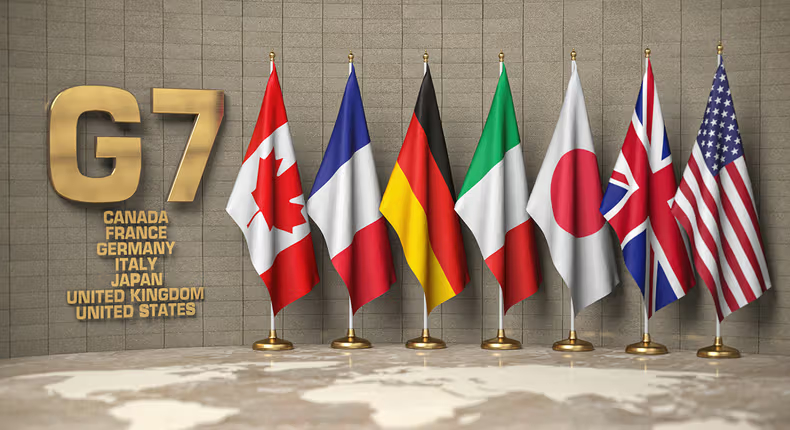The United States and the European Union have joined forces with the African Development Bank (AfDB) and the Africa Finance Corporation to launch a significant initiative to counter China’s Belt and Road Initiative, an extensive infrastructure development program connecting China with markets and economies worldwide.
The partnership has been formalized through a memorandum of understanding outlining their plans to develop the “Lobito Corridor” and the Zambia-Lobito railway. These projects will establish a crucial cross-continental link through regions rich in mineral resources.
The agreement was reached during the Global Gateway Forum in Brussels, which brings together EU governments, corporations, financial institutions, and international organizations to promote global infrastructure development.
The U.S. State Department described the project as “the most significant transport infrastructure that the US has helped develop on the African continent in a generation.” It is expected to boost regional trade, economic growth, and the vision of a connected, open-access rail network from the Atlantic Ocean to the Indian Ocean.
These initiatives will be executed within the framework of the Partnership for Global Infrastructure and Investment, established in response to the Belt and Road Initiative by the G7. The partnership aims to invest over $600 billion by 2027 to address global infrastructure deficits.
Historically, the United States and its allies have made previous attempts to introduce programs aimed at countering China’s substantial infrastructure investments in the developing world.
Helaina Matza, the special coordinator of the partnership, explained that the primary concept is to provide funding for the renovation of the railway line from the Angolan port of Lobito to the border of the Democratic Republic of Congo (DRC). Additionally, a new railway from northwestern Zambia will connect to this existing line.
The project includes building 260 km of roads and approximately 550 km of track in Zambia, spanning from the Jimbe border to Chingola in the country’s copper region. In addition to the railway, the corridor will involve 4G and later 5G telecoms systems, as well as a billion-dollar investment in solar farms and microgrids.
In July, Zambia, the Democratic Republic of Congo (DRC), and Angola signed a memorandum of understanding to advance the corridor project. A consortium led by the multinational commodities trader Trafigura had already been selected to oversee a $570 million rehabilitation initiative.
The collaborative effort between the G7, AfDB, and AFC represents a substantial investment in African infrastructure, aiming to provide alternative options to the Belt and Road Initiative.











